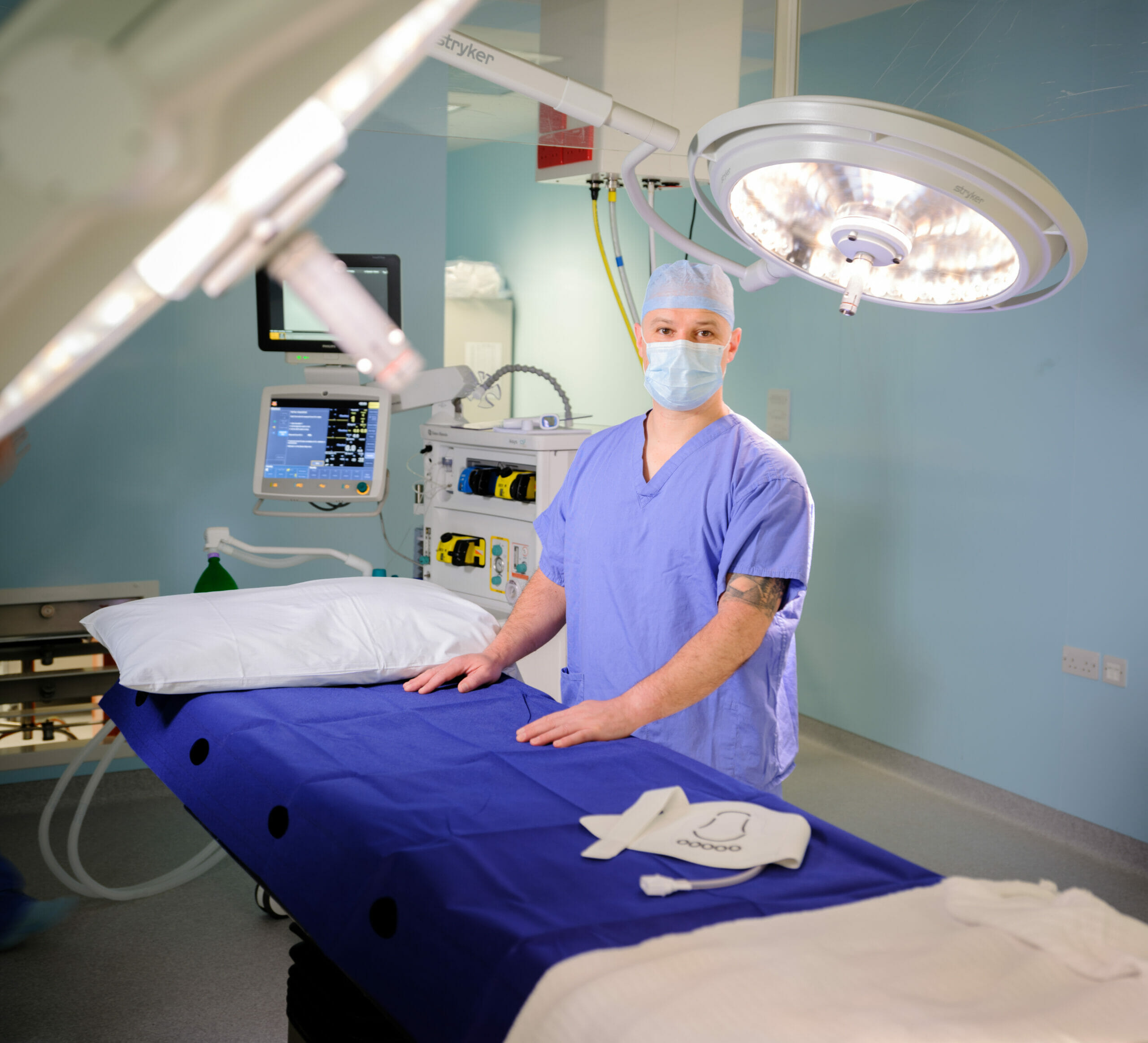More than half a million people with diabetes in the UK are estimated to be undiagnosed. A further 11 million people are believed to be at risk of developing the disease.
There are two types of diabetes: type 1 where the body suddenly stops producing insulin, a hormone that regulates blood sugar levels and type 2 where the body doesn’t produce enough insulin or the body becomes resistant to it.
Although the symptoms of type 1 diabetes are usually obvious because they start suddenly and result in rapid weight loss and extreme thirst and tiredness, the symptoms of type 2 diabetes are slower and more insidious, and therefore harder to spot.
‘Unfortunately, a lot of the symptoms of type 2 diabetes such as tiredness and fatigue and frequent urination can be confused with other medical conditions,’ says Libby Dowling, clinical adviser to the charity Diabetes UK.
‘Equally the symptoms of type 2 diabetes can develop so slowly over time that you might not notice them – you may just put tiredness for instance down to getting older or having kids and a busy job.’
Signs and symptoms of diabetes
The symptoms of type 1 diabetes are usually fairly obvious as they tend to start quickly and be quite dramatic. They include needing to pass urine more frequently, feeling thirsty, tiredness and weight loss. Symptoms of type 2 diabetes can be confused with other conditions or even just explained away by having a busy life and doing too much, but there are some red flag symptoms you can look out for.
These include:
- Needing to pass urine more frequently: ‘Often people ask what we define as frequent and the easiest answer to that is what is more than is usual for you,’ says Libby. ‘Typically having to get up at night is a warning sign or in children starting to wet the bed for the first time.
‘You need to urinate more when you have diabetes because your body is pushing out all the excess sugar that has built up in your blood to the kidneys where it is excreted with water.’ - Feeling tired/ exhausted: ‘Everybody feels tired from time to time – perhaps because of a busy time at work or losing sleep with young children – but people with diabetes will feel tired all the time and it gets progressively worse. The tiredness is caused by glucose not being transported to cells in the body because there isn’t enough insulin to transport it,’ explains Libby.’ Sometimes people just don’t notice it as they have felt tired for so long and it doesn’t feel like anything unusual.’
- Feeling thirsty: ‘ As you are urinating more you dehydrate quicker and will feel thirstier, ‘ says Libby.
- Genital itching and episodes of thrush and UTIs: ‘More sugar in your urine creates the perfect environment for bacteria to thrive and this can make you more prone to thrush (yeast) infections and urinary tract infections, as well as genital itching, ‘ says Libby. ‘If you are having recurrent infections your GP may suspect diabetes is the underlying cause and order tests.’
- Cuts and grazes that don’t heal: Sugary blood can also create the perfect environment for bacteria to thrive when the skin is broken and this can make scratches and wounds slow to heal.
- Blurred vision: ‘ If blood glucose builds up in the lens of the eye this can result in blurred vision and is another symptom that should not be ignored ‘, says Libby.
Why early diagnosis is so important?
Unfortunately, by the time most people get diagnosed with type 2 diabetes 50 per cent have already developed some degree of complications.
‘Diagnosing type 2 diabetes early is important because it is a progressive condition which if left untreated can cause complications such as damage to blood vessels. This can lead to heart disease as well as nerve damage, kidney problems, diabetic retinopathy (which can lead to blindness) and limb amputation,’ says Libby. ’58 per cent of type 2 cases can be delayed or prevented by making lifestyle changes but it’s important they are identified early on.’
Identifying lifestyle factors that put you at risk
‘Even if you don’t have any obvious symptoms of type 2 diabetes – a quick check on the risk factors such as this online test here should give you some idea if you are likely to develop it,’ says Libby. ‘If you do score as high risk see your GP and ask for a blood glucose test.’
Risk factors for developing type 2 diabetes include:
- Overweight: ‘Fat produces chemicals which make cells resistant to insulin,’ says Libby. ‘Losing pounds to get to a healthy weight for your height can eliminate this risk.’
- Apple shaped: People with a large waist size are more at risk of developing type 2 diabetes than people who store fat around their hips. ‘ This is defined as women with a waist size of 31.5 inches or more, white men with a waist size of 37 inches or more and South Asian men with a waist size of 35 inches or more, ‘says Libby.
- Older: Most people who develop type 2 diabetes are aged over 40 and the risk rises with age.
- South Asian, Black or Chinese: Certain ethnic groups are at higher risk of developing type 2 diabetes probably because of genetics.
- Family history: Having a sibling or parent with type 2 diabetes increases the risk you will develop it too.’ But this isn’t inevitable, ‘explains Libby.’ Keeping to a healthy weight by eating a balanced diet and staying active will greatly reduce the risk.’
What happens if you do get diagnosed?
If you have type 1 diabetes you’ll need treatment with insulin delivered either by injection or a pump.
‘Type 2 diabetes can usually be treated by making diet and lifestyle changes such as losing weight, ‘ says Libby.’ Sometimes people may need to take tablets such as the drug metformin for added blood sugar control as well though, as diabetes is progressive and gradually gets worse over time. Good blood sugar control can delay or avoid complications completely in some cases though and add years to your life.’
For more information on diabetes go to www.diabetes.org.uk
What makes Horder Healthcare unique
Horder Healthcare is committed to providing the very best quality of care for our patients and customers. We are continuously working on improving and reducing risks and this is reflected in our consistently high CQC results, patient satisfaction questionnaires and minimal levels of infection.
We are a charity
We reinvest our profit to benefit more people and help us achieve our aim of advancing health.






